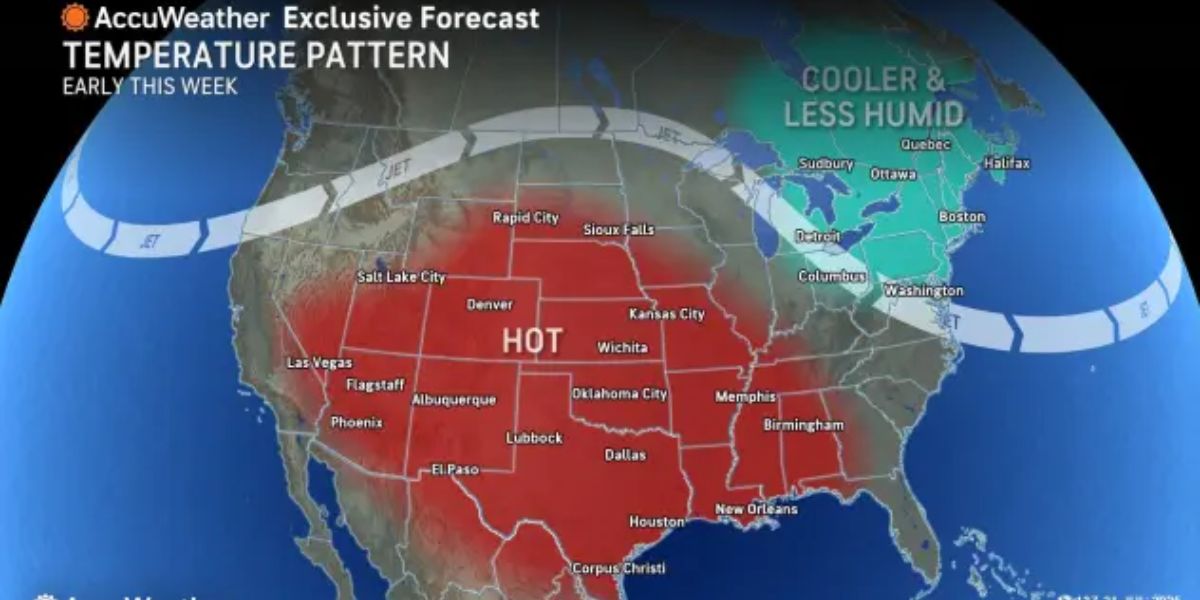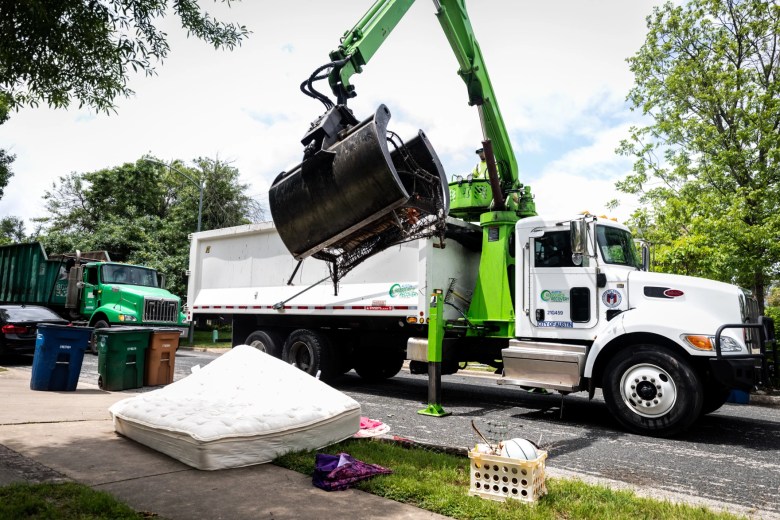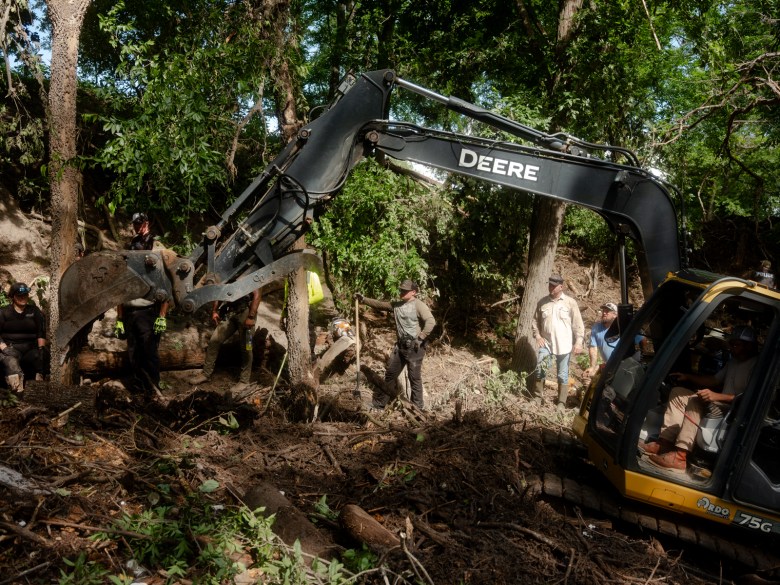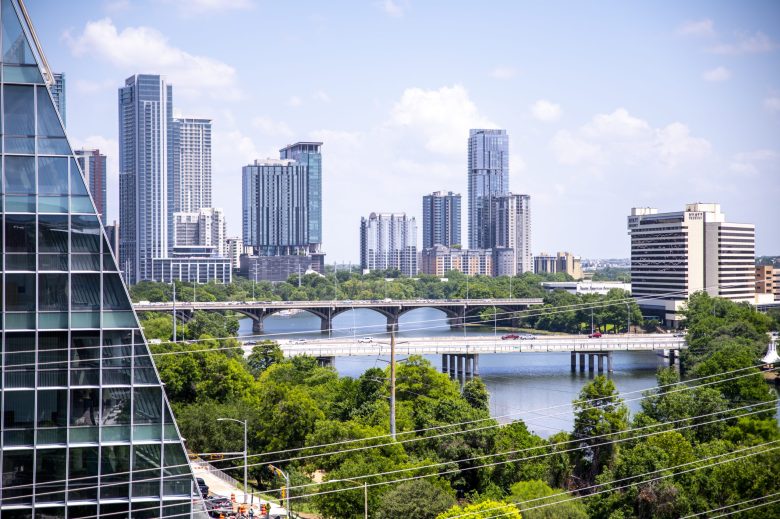A large, persistent heat dome is expected to hover over a significant portion of the United States through the end of July, subjecting more than 100 million Americans to daily temperatures of 100°F or higher, according to forecasters.
While late July is typically the hottest time of the year across much of the country, this intense heat wave—paired with oppressive humidity and relentless sunshine—is forecast to make conditions particularly dangerous, especially for individuals without access to air conditioning, fans, or other cooling options.
Temperatures to Soar Well Above Normal
Forecasters say temperatures will run 5 to 15 degrees Fahrenheit above average, with highs reaching 95°F or more in many areas.
“While this is not a record-breaking air mass in terms of high temperatures,” said AccuWeather Senior Meteorologist Brett Anderson, “some towns and cities will struggle to drop below 80°F at night due to high humidity and retained heat from concrete and pavement.”
This lack of nighttime cooling poses additional risks, especially for vulnerable populations such as the elderly and those without adequate indoor cooling. “Sleeping will be difficult for some, with a high risk of dehydration,” Anderson warned.
Southern Plains, Lower Mississippi Valley to Bear the Heat
The core of the heat dome will shift back and forth between the Central and Southern Plains, especially from Texas to western Tennessee, where daily highs near 100°F are expected to persist for one to two weeks.
Cities including Oklahoma City, Dallas, Little Rock, Wichita, and Shreveport—some of which had not yet seen 100°F this summer—will now endure back-to-back triple-digit days.
Contributing Factors: High Pressure, Humidity, and ‘Corn Sweat’
A northward bulge in the jet stream and a strong ridge of high pressure will trap heat across the region, while moisture from the Gulf and Atlantic will keep humidity levels dangerously high. In the Central U.S., evaporation from maturing cornfields—a phenomenon known as “corn sweat”—will further amplify the muggy conditions.
Storms Lurk on the Edges
While the center of the heat dome will remain mostly dry and stifling, its edges may see strong to severe thunderstorms. These storms could be especially intense, forming where hot and slightly cooler air masses collide.
“Enough moisture will be present to raise the risk of flash flooding in these stormy zones,” meteorologists said, urging residents to remain weather-aware.
Western States Also in Line
By late July into early August, the heat dome is expected to expand westward, potentially engulfing much of the interior West and prolonging the extreme summer pattern.









